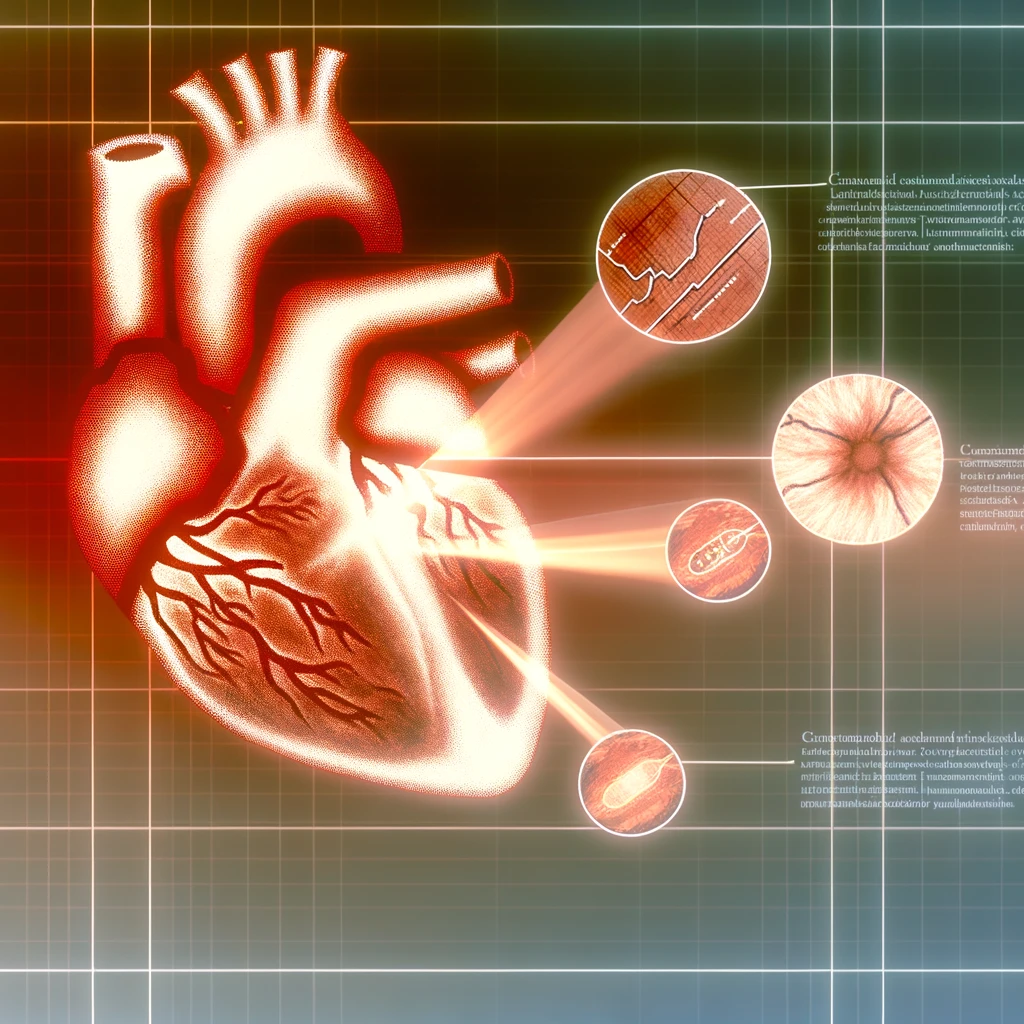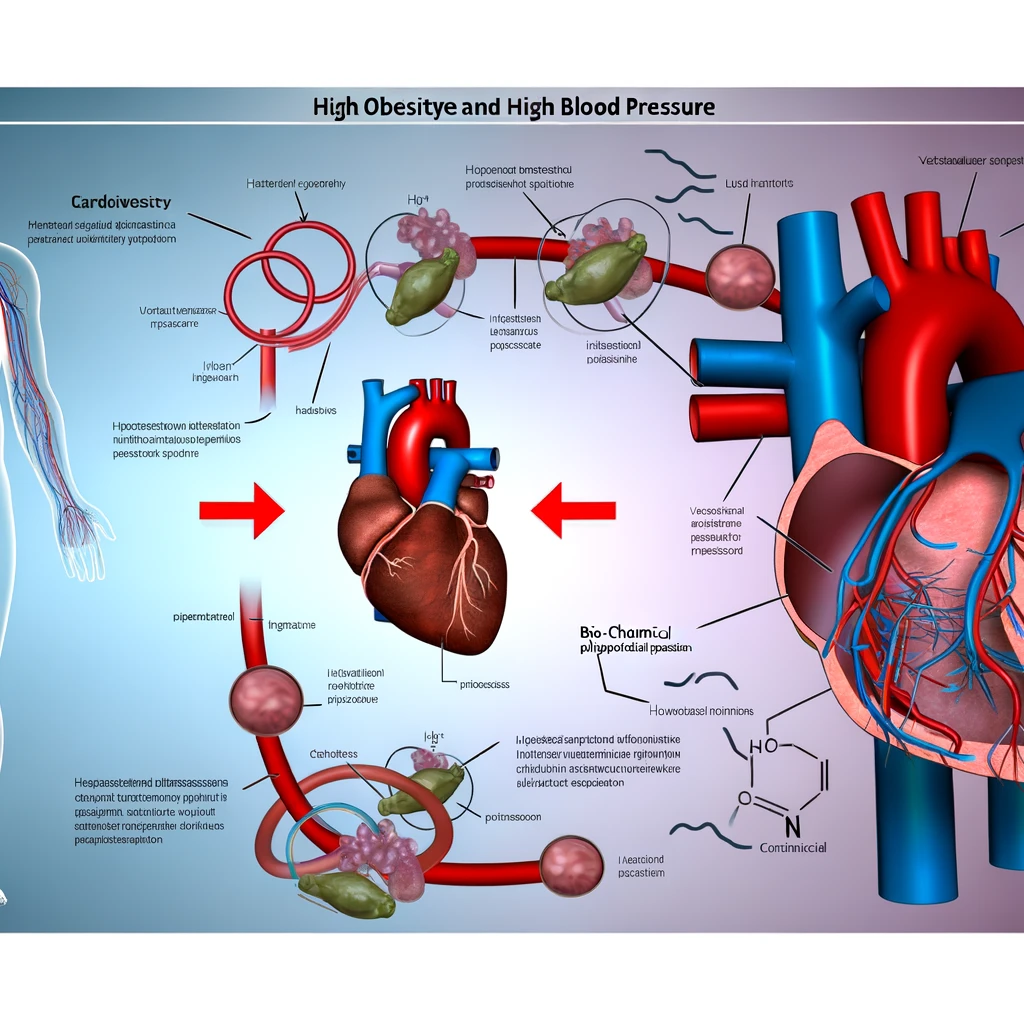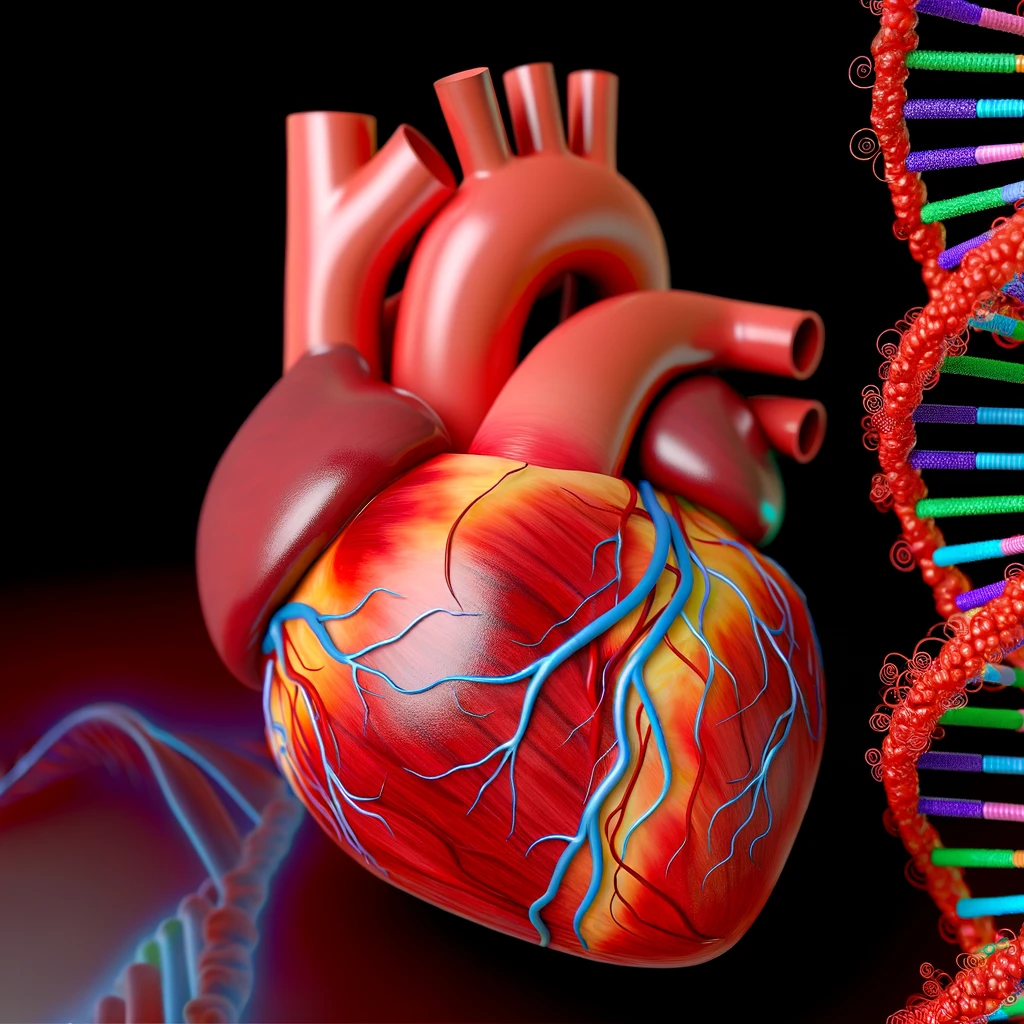
Cardiovascular Diseases: Common Types and Their Effects on Heart Rate
Cardiovascular diseases (CVDs) are a group of disorders affecting the heart and blood vessels. These diseases are the leading cause of death globally, impacting millions each year. Understanding the common types of CVDs and their effects on heart rate is crucial for prevention and management.
Understanding Cardiovascular Diseases
Cardiovascular diseases encompass a wide range of conditions. Some of the most prevalent include coronary artery disease, heart attack, heart failure, arrhythmia, and hypertension. Each of these conditions affects the heart and its ability to function properly, often leading to significant changes in heart rate and rhythm.
Coronary Artery Disease (CAD)
Coronary artery disease is the most common type of heart disease. It is caused by the buildup of plaque in the coronary arteries, which supply blood to the heart muscle. This condition can lead to reduced blood flow, resulting in chest pain, shortness of breath, and an increased risk of heart attack. CAD can cause the heart to work harder, often increasing resting heart rate.
Heart Attack
A heart attack, or myocardial infarction, occurs when blood flow to a part of the heart is blocked. This can cause damage to the heart muscle, affecting its ability to pump blood effectively. Symptoms include chest pain, nausea, and a rapid or irregular heartbeat. Immediate medical attention is critical to minimize heart damage.
Heart Failure
Heart failure is a chronic condition where the heart cannot pump blood efficiently. It can result from various heart problems, including high blood pressure and CAD. Symptoms include fatigue, swelling in the legs, and shortness of breath. Heart failure often leads to an increased heart rate as the heart attempts to compensate for reduced pumping ability.
Arrhythmia
Arrhythmias are irregular heartbeats that can occur in various forms, such as tachycardia (fast heart rate) or bradycardia (slow heart rate). These conditions can be caused by heart tissue damage, stress, or other health issues. Arrhythmias can lead to dizziness, palpitations, and in severe cases, cardiac arrest.
Hypertension
Hypertension, or high blood pressure, is a condition where the force of the blood against the artery walls is too high. Over time, this can lead to heart damage and increase the risk of heart disease. Hypertension can cause an elevated heart rate and increase the heart's workload, contributing to heart failure.
Effects on Heart Rate
The heart rate is a critical indicator of cardiovascular health. CVDs can significantly alter normal heart rate patterns, leading to complications. For instance, conditions like CAD and heart failure often result in an elevated resting heart rate as the heart struggles to meet the body's demands. Arrhythmias can cause rapid or irregular heartbeats, which may require medical intervention.
Prevention and Management
Preventing cardiovascular diseases involves a combination of lifestyle changes and medical interventions. Regular exercise, a healthy diet, and smoking cessation are essential for maintaining heart health. Monitoring blood pressure and cholesterol levels can help detect risk factors early. Medications such as beta-blockers, ACE inhibitors, and statins may be prescribed to manage existing conditions and reduce heart rate abnormalities.
Conclusion
Understanding the various types of cardiovascular diseases and their impact on heart rate is crucial for prevention and effective management. Regular check-ups, a healthy lifestyle, and adherence to medical advice can significantly reduce the risk of heart complications. By taking proactive steps, individuals can maintain heart health and improve their quality of life.
Related Articles




